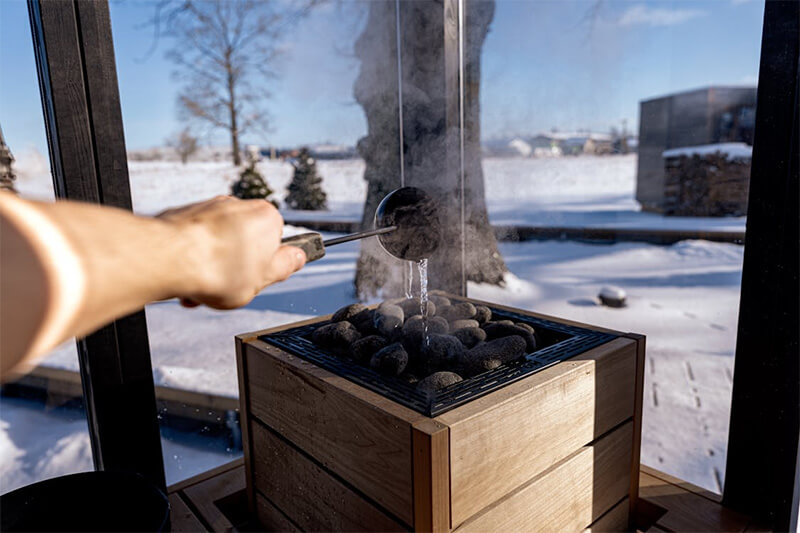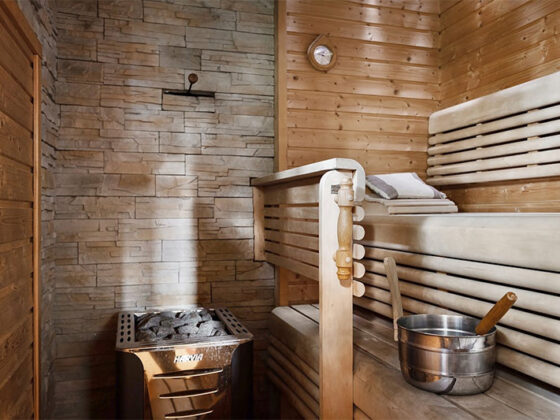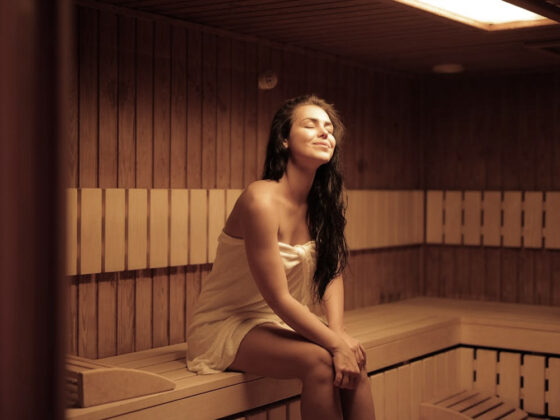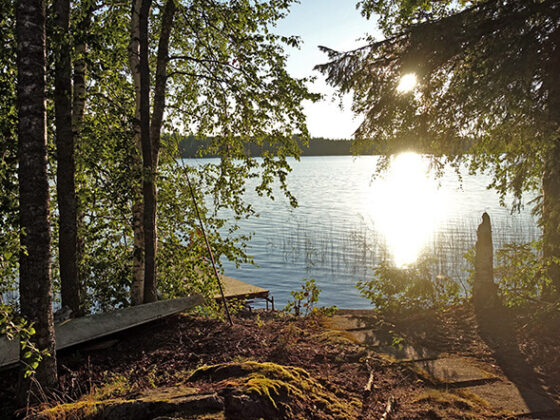So, you’re building a sauna or maybe giving your old one a much-needed upgrade. Fantastic! You’re on the path to ultimate relaxation. At the heart of every great sauna experience is one crucial piece of equipment: the kiuas, or sauna heater.
The kiuas isn’t just a box that gets hot; it’s the soul of the sauna. It determines the quality of your steam (the Finns call this wonderful, enveloping steam löyly), the character of the heat, and the overall vibe of your sanctuary. But with so many options, choosing one can feel a bit daunting.
Don’t sweat it! (Well, you will later.) Let’s break it down into simple, friendly terms.
The First Big Question: Electric or Wood-Burning?
This is the main fork in the road. Your answer here will shape your entire sauna ritual.
The Electric Kiuas: Convenient & Modern
Think of the electric kiuas as the modern workhorse. It’s the most common choice for home saunas, especially in urban and suburban areas, and for good reason.
Pros:
- Super Easy: Flip a switch or tap a digital panel, set your temperature, and wait. No fuss, no mess.
- Fast: They generally heat up quicker than wood-burning models.
- Precise Control: You can dial in the exact temperature you want and keep it there.
- Safe & Clean: No open flames, no smoke, no chimney needed (a huge plus for installation).
Cons:
- The Vibe: Some purists feel it lacks the “authentic” ritual of a wood fire. You miss the crackle and smell of burning wood.
- The Electric Bill: It runs on electricity, so you’ll see it on your utility bill.
- The Heat: The heat can sometimes feel a bit “sharper” or drier compared to a wood stove, though modern designs with lots of stones have improved this dramatically.
Best for: People who want convenience, use their sauna frequently on a whim, and live in a place where a chimney isn’t practical.
The Wood-Burning Kiuas (Puukiuas): Traditional & Soulful
This is the classic, the original, the choice for the traditionalist. A wood-burning kiuas is an experience in itself.
Pros:
- Unbeatable Atmosphere: The gentle crackle of the fire, the rustic smell of wood smoke, the soft, radiant heat… it’s a full sensory experience.
- The Best Löyly: Many sauna lovers swear that the steam from a wood-fired stove is softer, more humid, and more satisfying.
- Off-Grid Friendly: Perfect for a cabin in the woods or anyone wanting to be independent of the electrical grid.
Cons:
- It’s a Process: You need to haul wood, build a fire, tend to it, and clean out the ashes. It’s a ritual, which can be a pro for some and a con for others.
- Installation is a Big Deal: You absolutely need a proper, professionally installed chimney and must respect fire safety codes.
- Less Control: It takes longer to heat up, and controlling the exact temperature is more of an art than a science.
Best for: The sauna traditionalist, cabin owners, and anyone who loves the ritual of building and tending a fire.
Sizing Your Kiuas: The Power Game
This is probably the most important technical detail to get right. A kiuas that’s too weak will struggle to heat your sauna, leaving you frustrated. One that’s too powerful will be inefficient and can create an uncomfortably harsh, scorching heat.
Luckily, there’s a simple rule of thumb:
You need about 1 kilowatt (kW) of power for every 1 cubic meter (1m3) of sauna space.
To calculate your sauna’s volume in cubic meters, just use this simple formula:
Volume (m3)=Width (m)×Depth (m)×Height (m)
Important Caveat: If your sauna has large, uninsulated surfaces like glass doors, windows, or stone/concrete walls, they will “soak up” a lot of heat. For every square meter of glass or uninsulated stone, add about 1.2 cubic meters to your total volume before you calculate the power needed. This ensures your kiuas has enough oomph to get the job done.
The Stones: More Important Than You Think!
The sauna stones are the battery of your kiuas. The heater warms the stones, and the stones hold that heat, releasing it into the room and turning the water you throw on them into beautiful löyly.
The amount of stones a kiuas can hold makes a big difference:
- Less Stones (e.g., 20 kg): Common in smaller, wall-mounted heaters. Heats the room quickly, but the steam can be a bit sharp and fleeting.
- More Stones (e.g., 60-200 kg): Found in “tower” or “pillar” style heaters. These take longer to heat up, but the reward is a deep, soft, lingering heat and incredibly rich, humid steam. You can splash water on different parts of the tower for different steam effects.
Think of it like this: a small stone capacity is a quick sprint, while a large stone capacity is a relaxing marathon.
Final Touches: Controls and Style
- Controls: Do you want simple knobs built right onto the heater, or a sleek, separate digital control panel mounted outside the sauna? The external panels offer more features like timers and precise settings, which are great for pre-heating your sauna so it’s ready when you get home.
- Style: From sleek stainless steel wall units to massive, rustic-looking pillar heaters, the kiuas is a centerpiece. Choose one that you love looking at!
The Bottom Line
Choosing a kiuas isn’t about finding the “best” one—it’s about finding the right one for you.
- Want quick, easy, push-button relaxation? An electric kiuas is your best friend.
- Crave the authentic, rustic ritual and the best steam? A wood-burning kiuas is calling your name.
Once you’ve made that choice, calculate your power needs carefully, and think about how much you value that deep, stone-powered löyly.
Happy sweating!




